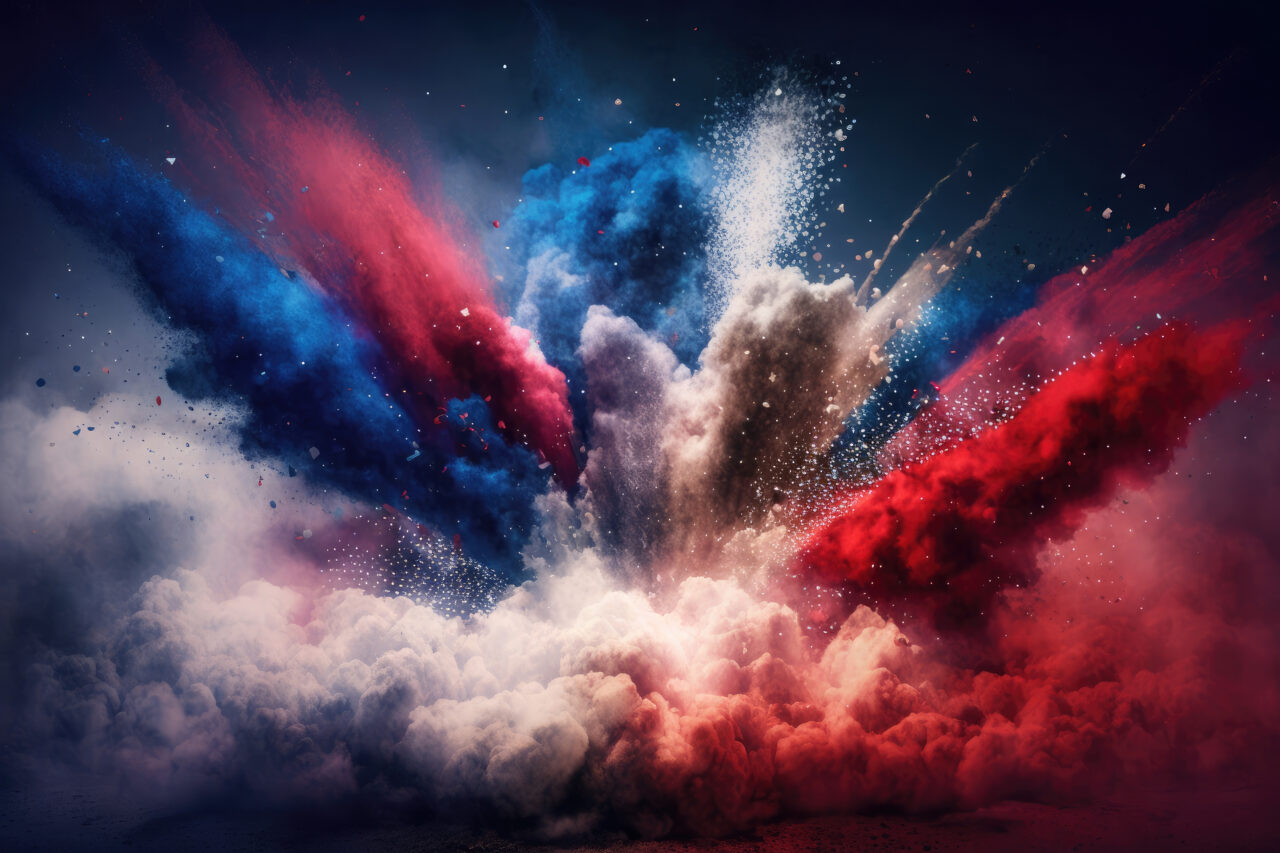
Most of us rang in the New Year either viewing or hearing fireworks that fill the sky around midnight. It’s a fun tradition most people experience without ever considering air quality consequences.
However, in more populated areas, the smoke and residue New Year’s fireworks generate can be considerable. According to reports released by the United States Environmental Protection Agency, fireworks had a severe impact on the air quality across the country, our state, and at home in Palm Beach County on New Year’s Eve.
Air quality monitors routinely measure air quality every hour of every day in various areas around our state. Florida’s Department of Environmental Protection uses the information to monitor fine particulates in the air (PM2.5) and adherence to state and federal Clean Air Act standards. This hourly and daily air quality data is available online by ZIP code as an Air Quality Index (AQI). Nearly all the time, South Florida’s air quality index remains in the “good” health region, which is anywhere from 0-50 for Particulate Matter or PM2.5.
However, on New Year’s Eve, Orlando recorded the highest reading in the state at 162 PM2.5, in the rarely reached “Unhealthy” category. Locally, Royal Palm Beach had a reading of 113, also in the “unhealthy” range. Days before, readings were in the “good” range, which is normal for our area.
With no other changes to the environment and no Saharan Dust affecting Florida at this time, it is easy to see how the smoke from the fireworks created a spike in the air quality numbers, particularly as the rise in numbers coincided with the hours that fireworks were being set off to celebrate the incoming New Year (late evening to early morning).
The reason for this impromptu science lesson relates to the false information that is routinely published or on social media suggesting state-approved and controlled sugar-cane burns in the Glades region cause unhealthy air quality conditions. These short-term burns are professionally set and controlled to take advantage of atmospheric conditions, wind direction, speed and other conditions specific to each field at the day and time of the request.
Based on information from the fireworks example as well as the occasional area wildfire that proves just how sensitive air quality monitors are at capturing smoke and ash in the surrounding environment, one would expect air quality numbers to spike in and around the burn locations much like the numbers spiked around New Year’s Eve celebrations in the sky.
Fortunately, data from multiple air quality monitors (public and private) in the Glades region consistently show results in the “good” range, all day, every day, even during the sugar-cane burn season.
So, let’s start 2024 off with a real bang — letting science, and not conjecture, drive the discussion. That’s a resolution, hopefully, that we can all agree to follow.
___
Randall Miller of Miller Environmental Solutions is an air quality expert who retired with 35 years of experience from the Florida Department of Health in Palm Beach County.



